Table of Contents[Hide][Show]
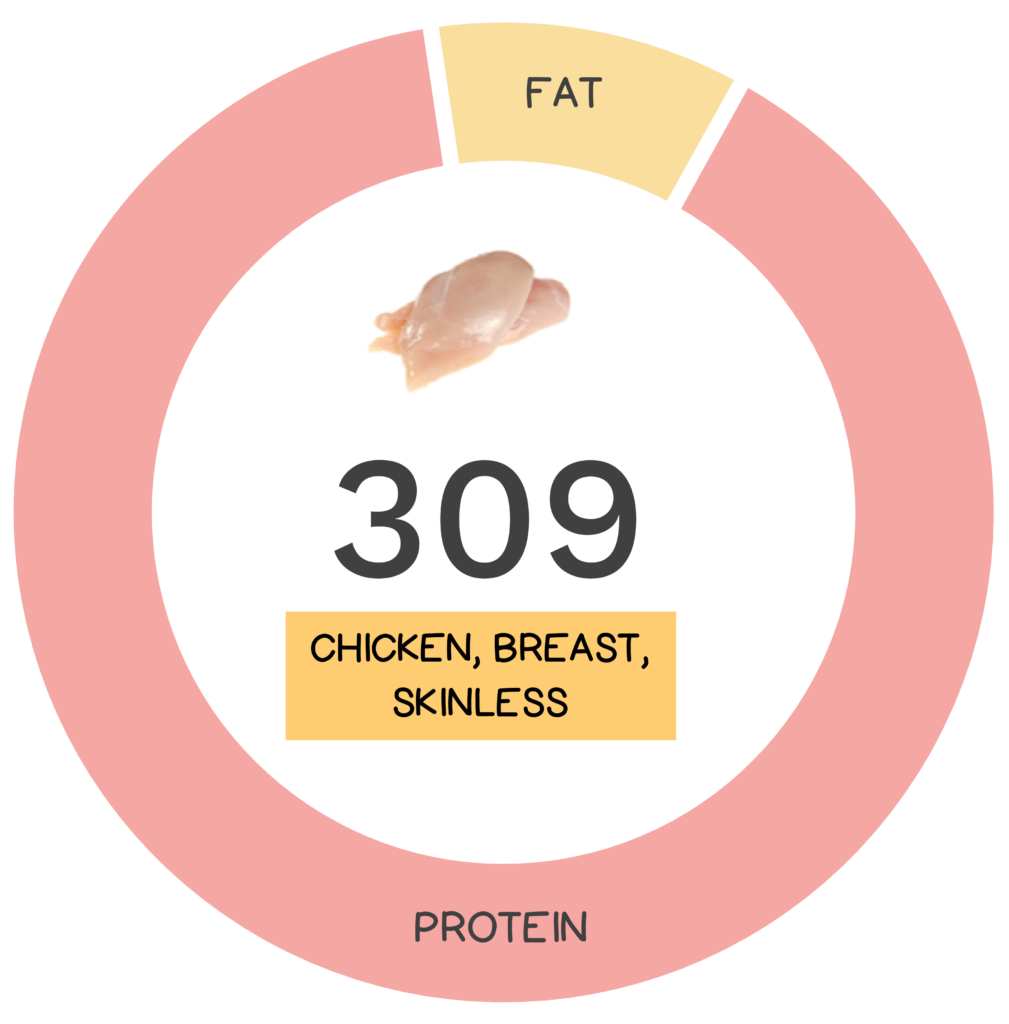
When it comes to poultry, chicken is at the top of the “pecking” order. (Hyuck!) In fact, chicken is one of the most widely consumed meats in the world, second only to pork, and is on pace to take the top spot in the next decade. At this point there are more chickens on earth than any other type of bird and more chickens than there are even people (by more than 2 to 1)! That’s a lot of birds! Fitting since chicken is a universal meat, prominent in all types of cuisines across cultures. This meat is popular because it is high in protein and low in calories, is extremely versatile, and can be prepared in a multitude of ways, not to mention chickens are easy to raise and low-cost when compared to mammals. (How “egg-cellent” is that?)
There are more chickens on earth than people (by more than 2 to 1)!
The chickens we eat today (Gallus gallus domesticus) descend from the red junglefowl of Southeast Asia, first domesticated 8,000 years ago. Originally chickens are believed to have been raised as fighting birds or for ceremonial purposes and were not used for food until between the 4th and 2nd century BC. Later, chicken was one of the most common meats in the Middle Ages. And, while it may seem like chicken has always been readily available and cheap, in the 1800s chicken in the United States was more expensive than other meats and reserved for the wealthy. It wasn’t until World War II that chicken consumption increased due to a shortage of beef and pork, with mass production occurring in the early 20th century.
Originally chickens were raised as fighting birds or for ceremonial purposes – not for food.
In the wild chickens are omnivores, feeding on insects, seeds, and small animals such as lizards, mice, and snakes and can live between 5 and 10 years. Through domestication chickens have become bigger, more fearless, and have been bred to lay larger eggs. In general, there are 3 main types of chicken – meat producing, egg-laying, and dual-purpose. Chickens can be raised free-range (access to outdoors), free-run (able to move freely within the barn), or on factory farms (caged), and can be fed differing diets including conventional (grain-fed), organic, or given pasture access. Conventionally raised chickens are slaughtered as early as 6 weeks, with free range or organic birds at about 14 weeks.
Chickens can be raised free-range, free-run, or on factory farms.
Worldwide, each year more than 50 billion chickens are raised for meat and eggs. Chicken breast is arguably the most popular part of the chicken, but every part can be consumed, with favorites varying across cultures. While some people swear by white meat, others are partial to “the dark side” including drumsticks, thighs, and neck. Still others go for chicken feet, giblets, heart, and liver to name a few but the best bang for your buck definitely comes from purchasing chicken whole. (Yum!)
Nutrivore Score for Skinless Chicken Breast – 309
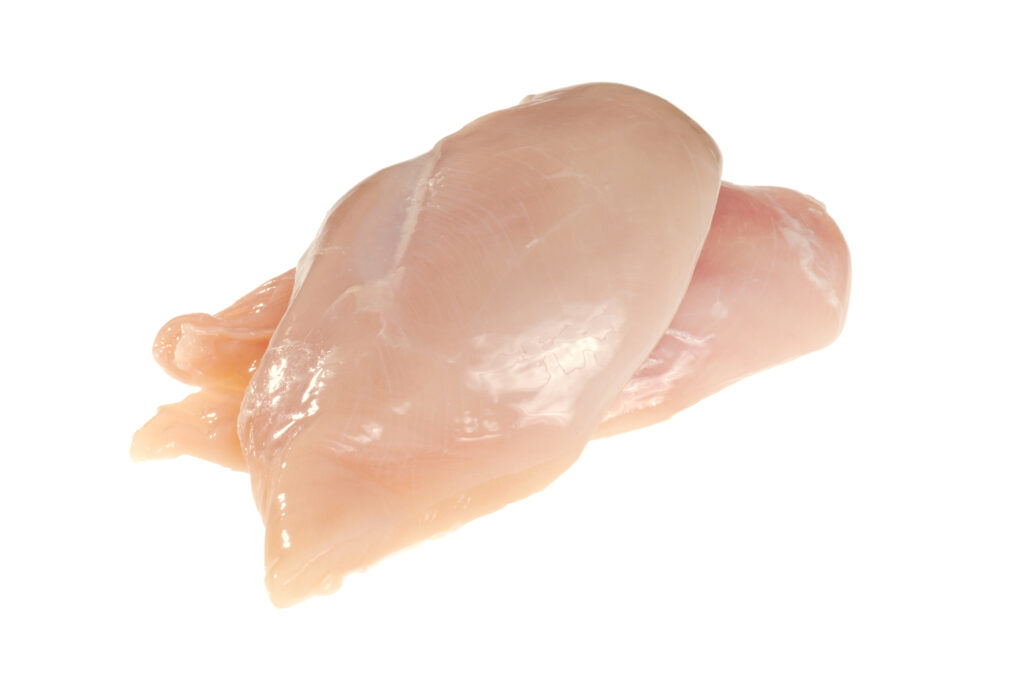
Skinless chicken breast has a Nutrivore Score of 309, making it a medium nutrient-dense food! Plus, it is a low-carb and low-fat food; skinless chicken breasts has 0 grams of net carbs and 2.6 grams of total fat per 3.5-ounce serving!
Per serving, skinless chicken breast is a best source (>50% daily value) of vitamin B3 (niacin), ; an excellent source (20-50% daily value) of coQ10, protein, selenium, vitamin B5 (pantothenic acid), and vitamin B6 (pyridoxine); and a good source (10-20% daily value) of choline, phosphorus, vitamin B2 (riboflavin), and vitamin B7 (biotin).
Ditch Diets. Embrace Nutrients. Start with this FREE Guide.
Sign up for the free Nutrivore Newsletter, your weekly, science-backed guide to improving health through nutrient-rich foods — without dieting harder —and get the Beginner’s Guide to Nutrivore delivered straight to your inbox!

Skinless Chicken Breast Nutrition Facts
One serving of skinless chicken breast is standardized to 100 grams (3.5 ounces). When you cook chicken breast, it reduces in volume by approximately 20 to 25%, depending on cooking method: 100 grams of raw skinless chicken breast is equivalent to 76 grams of braised skinless chicken breast or 79 grams of grilled skinless chicken breast.
Skinless Chicken Breast Nutrition Facts Per Serving
| Chicken, breast, skinless, raw | Nutrivore Score: 309 | Nutrient Density: Medium |
|---|---|---|
| Serving Size: 3.5 ounces (100 grams) | Protein: 22.5 grams | Net Carbohydrates: 0.0 grams |
| Calories: 120 | Total Fat: 2.6 grams | Dietary Fiber: 0.0 grams |

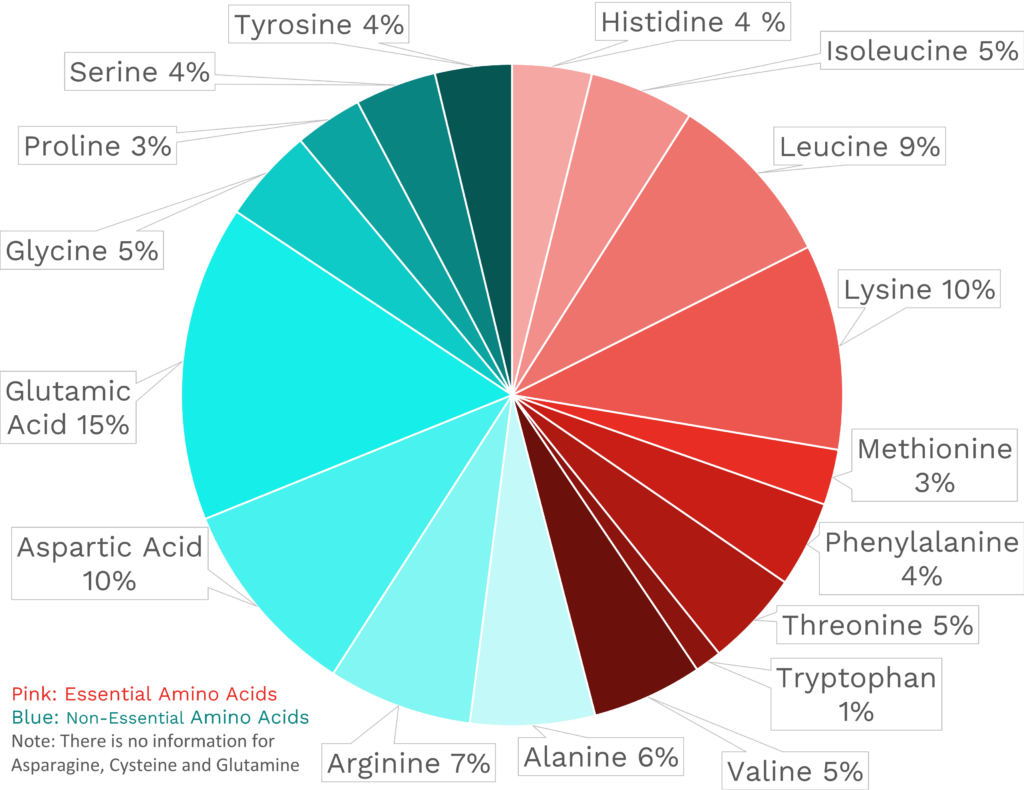
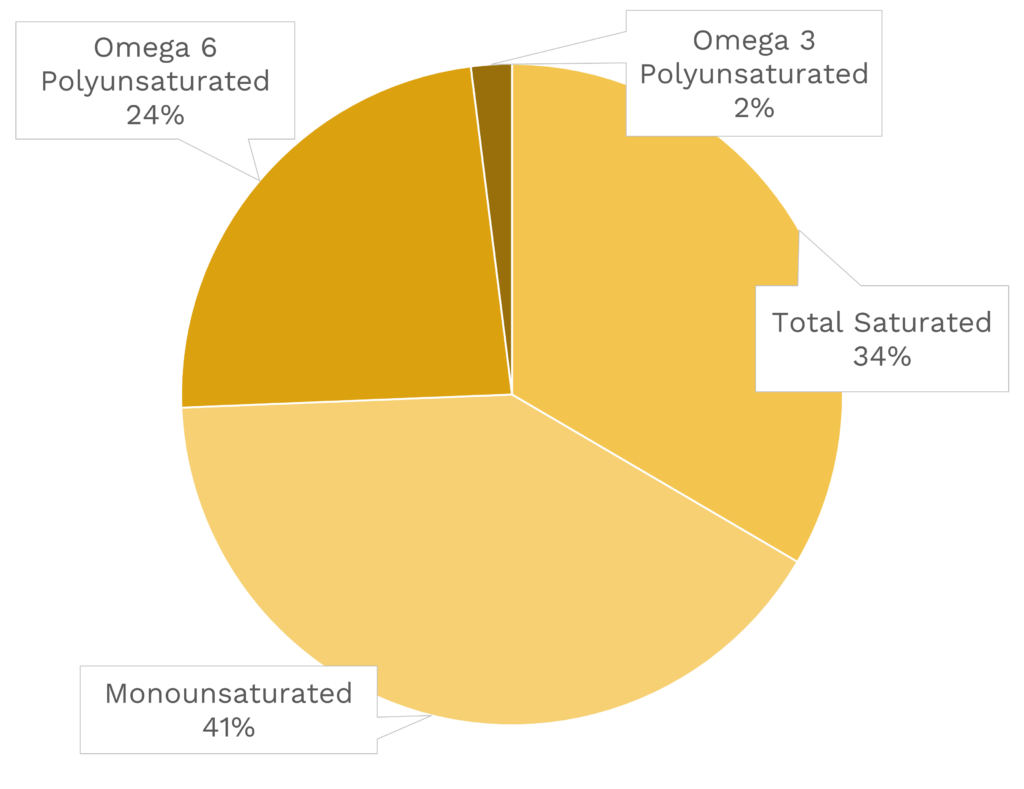
| VITAMINS | ||
|---|---|---|
| Vitamin A | 9.0 μg RAE | 1% DV |
| Vitamin B1 (Thiamin) | 94.0 μg | 8% DV |
| Vitamin B2 (Riboflavin) | 177.0 μg | 14% DV |
| Vitamin B3 (Niacin) | 9.6 mg | 60% DV |
| Vitamin B5 (Pantothenic Acid) | 1.5 mg | 30% DV |
| Vitamin B6 (Pyridoxine) | 811.0 μg | 48% DV |
| Vitamin B7 (Biotin) | 3.6 μg | 12% DV |
| Vitamin B9 (Folate) | 9.0 μg | 2% DV |
| Vitamin B12 (Cobalamin) | 0.2 μg | 9% DV |
| Vitamin C | 0.0 mg | 0% DV |
| Vitamin D (D2 + D3) | 0.0 μg | 0% DV |
| Vitamin E | 0.7 mg | 4% DV |
| Vitamin K | 0.0 μg | 0% DV |
| Choline | 82.1 mg | 15% DV |
| Myo-Inositol | 30.0 mg | ~ |
| CoQ10 | 1.7 mg | ~ |
| FUNCTIONAL FATS | ||
|---|---|---|
| MUFA | 0.7 g | 3% DV |
| ALA | 13.0 mg | 1% DV |
| EPA + DHA | 7.0 mg | 3% DV |
| CLA | 2.4 mg | ~ |
| Linoleic Acid | 0.3 g | 2% DV |
| MCT’s | 0.0 g | ~ |
| MINERALS | ||
|---|---|---|
| Calcium | 5.0 mg | 0% DV |
| Copper | 37.0 μg | 4% DV |
| Iodine | ~ | ~ |
| Iron | 0.4 mg | 2% DV |
| Magnesium | 28.0 mg | 7% DV |
| Manganese | 11.0 μg | 0% DV |
| Phosphorus | 213.0 mg | 17% DV |
| Potassium | 334.0 mg | 7% DV |
| Selenium | 22.8 μg | 41% DV |
| Sodium | 45.0 mg | 2% DV |
| Zinc | 0.7 mg | 6% DV |
| PHYTONUTRIENTS | ||
|---|---|---|
| Carotenoids | 0.0 μg | ~ |
| Polyphenols | 0.0 mg | ~ |
| Phytosterols | 0.0 mg | ~ |
| Glucosinolates | ~ | ~ |
| Thiosulfinates | ~ | ~ |
| Betalains | ~ | ~ |
| AMINO ACIDS & PEPTIDES | ||
|---|---|---|
| Taurine | 18.0 mg | ~ |
| Ergothioneine | 0.1 mg | ~ |
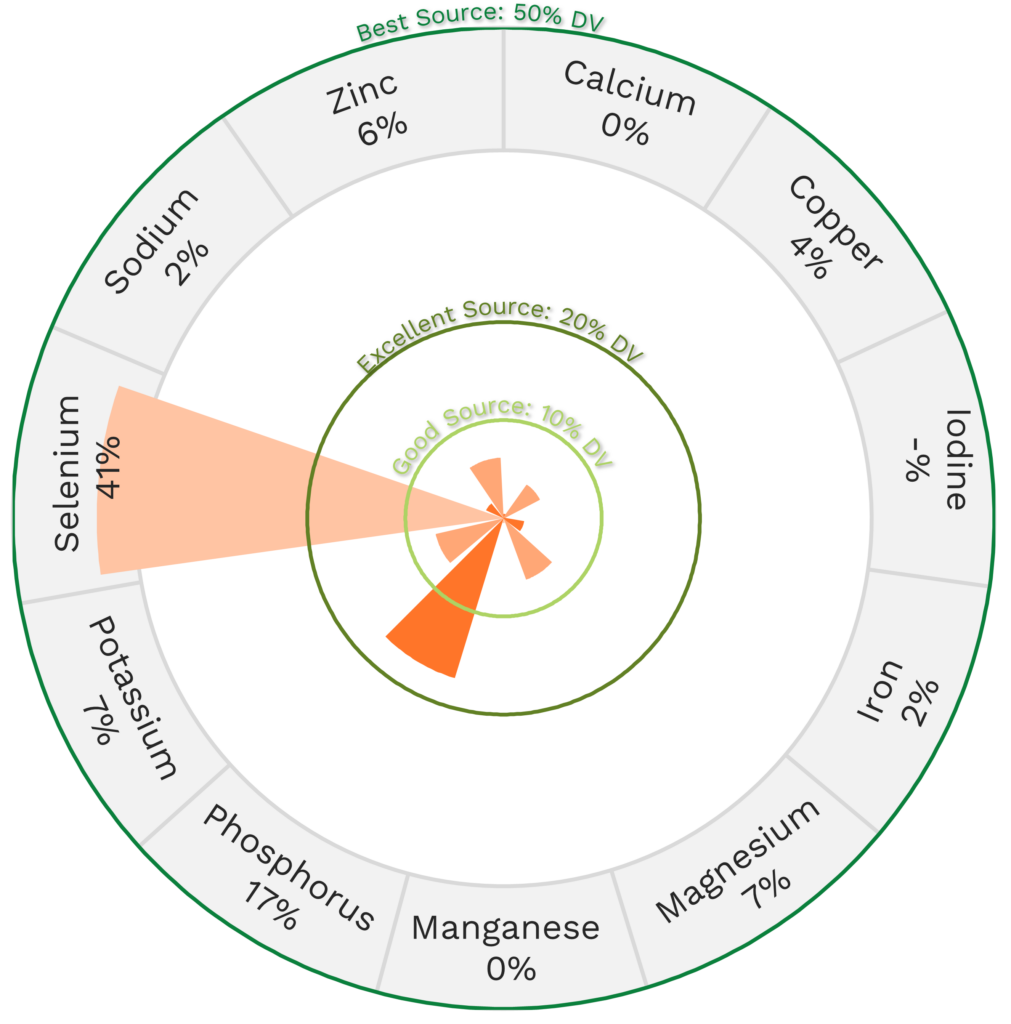
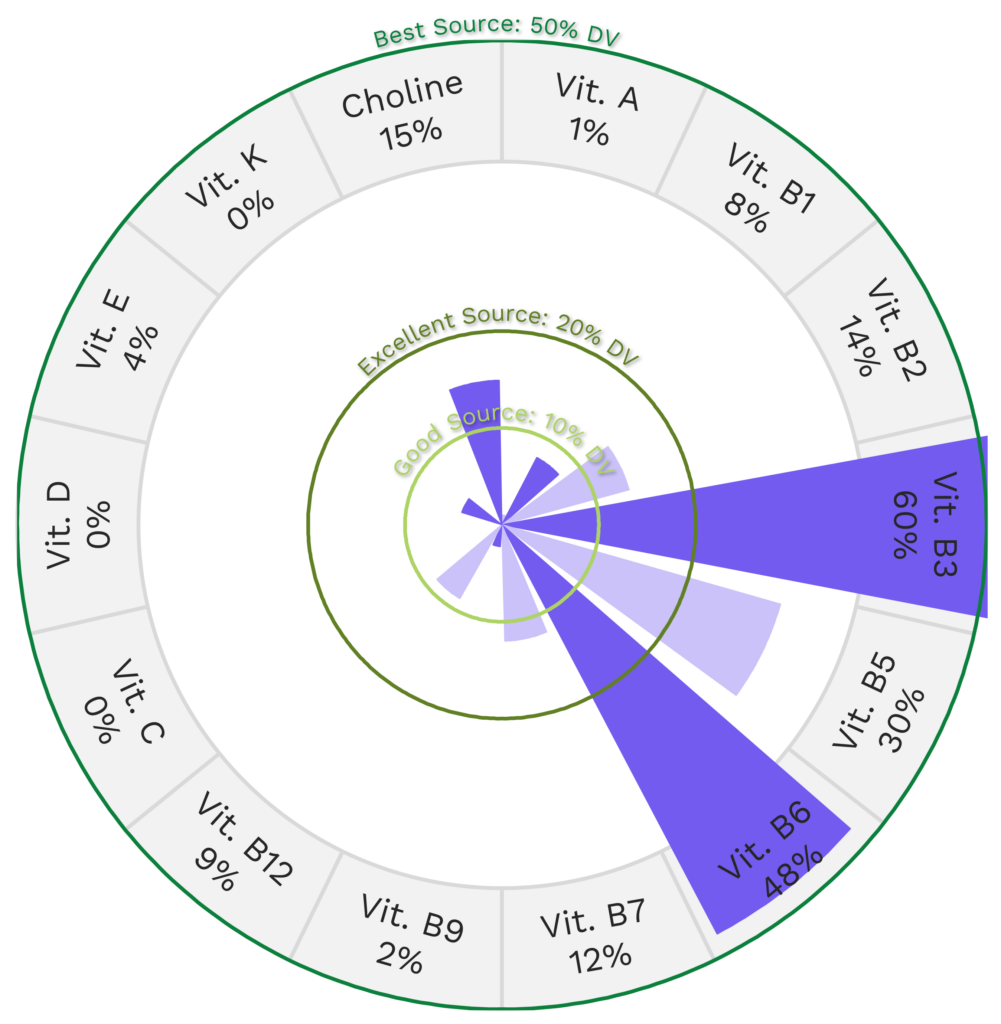
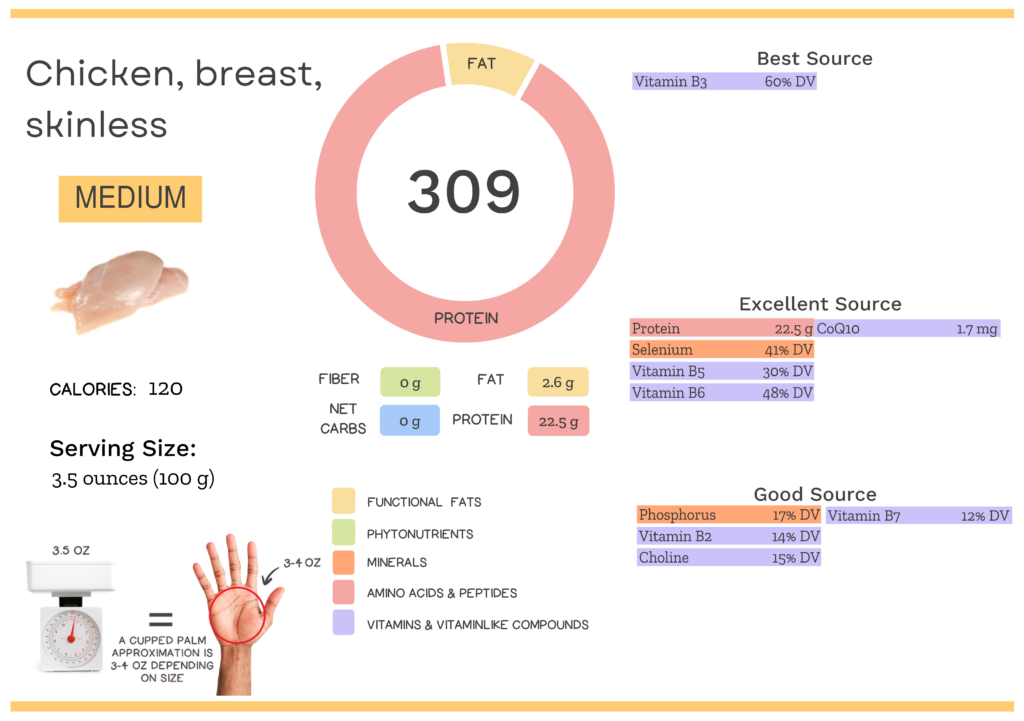
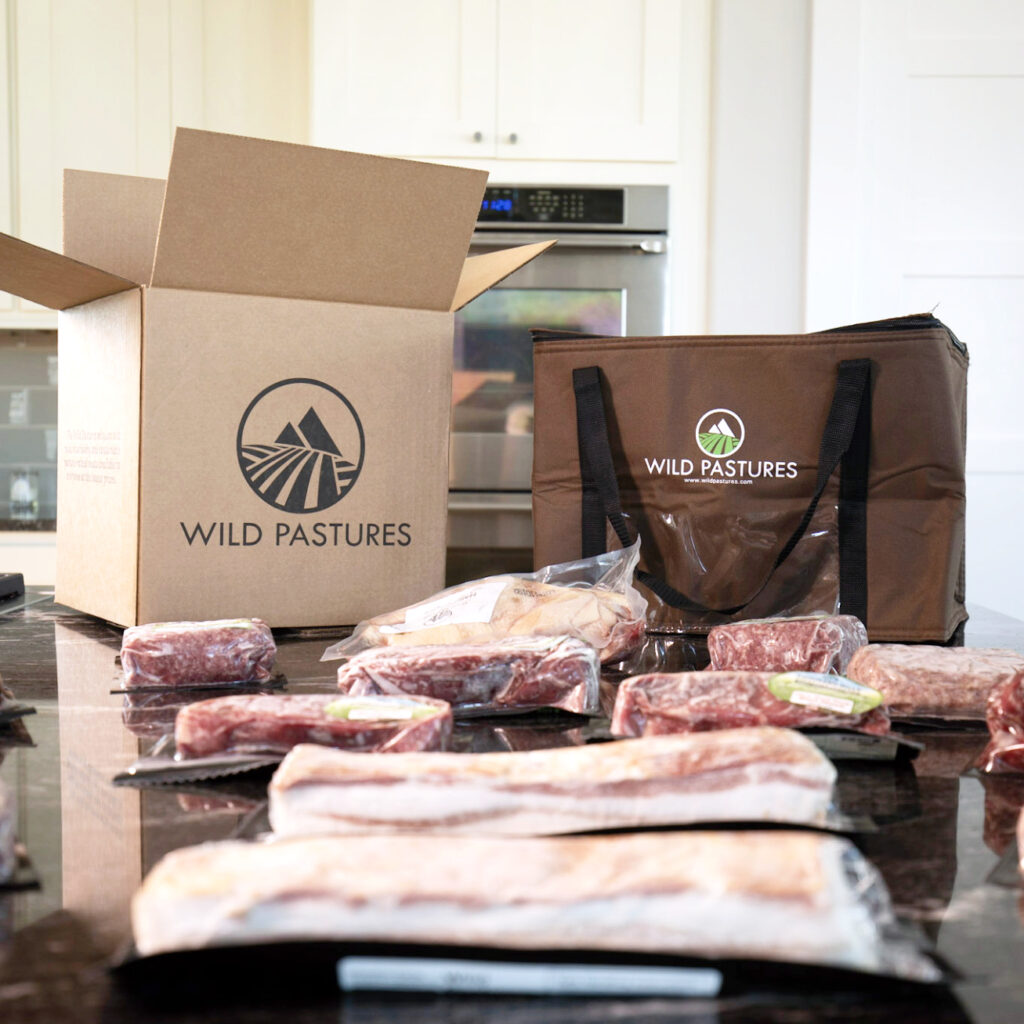
Quality Meat and Seafood
- 100% grass fed and finished beef, pasture-raised pork, pasture-raised chicken and wild-caught seafood
- Raised on regenerative family farms in the USA
- Fast delivery from our farms to your door
- Save 20% off for life, plus $15 off your first box, no coupon required
Chicken Nutrition Varies With Processing
The Nutrivore Score of chicken meat differs based on processing. Within any animal, vitamin and mineral content vary, which means nutrient density varies between cuts of meat. Butchering therefore has a huge impact on the Nutrivore Score of different cuts of chicken. Especially significant is the difference between organ meat and ‘muscle’ meat. Not only does the portion of the animal being consumed affect the nutrient profile (organ meat versus muscle muscle and ‘white’ meat versus ‘dark’ meat), but also important is the fat content, and whether or not skin is included.
| NUTRIVORE SCORE | |
|---|---|
| Chicken, breast, meat and skin, raw | 226 |
| Chicken, breast, skinless, boneless, meat only, raw | 309 |
| Chicken, dark meat, drumstick, meat and skin, raw | 230 |
| Chicken, dark meat, drumstick, meat only, raw | 297 |
| Chicken, dark meat, meat and skin, raw | 157 |
| Chicken, dark meat, raw | 281 |
| Chicken, dark meat, thigh, meat and skin, raw | 167 |
| Chicken, dark meat, thigh, meat only, raw | 288 |
| Chicken, giblets, raw | 1191 |
| Chicken, gizzard, raw | 375 |
| Chicken, ground, raw | 282 |
| Chicken, heart, raw | 689 |
| Chicken, liver, raw | 2502 |
| Chicken, skin only, raw | 91 |
| Chicken, white meat, meat and skin, raw | 200 |
| Chicken, white meat, raw | 306 |
| Chicken, whole, meat and skin, raw | 205 |
| Chicken, whole, meat only, raw | 346 |
| Chicken, wing, meat and skin, raw | 161 |
| Chicken, wing, meat only, raw | 259 |
Skinless Chicken Breast Nutrition Varies With Cooking
Chicken is one of the most widely consumed meats in the world! Chicken breast is arguably the most popular part of the chicken – it is extremely versatile and can be prepared in numerous ways, resulting in different flavors, textures, and Nutrivore Scores.
| NUTRIVORE SCORE | |
|---|---|
| Chicken, breast, skinless, boneless, meat only, cooked, braised | 287 |
| Chicken, breast, skinless, boneless, meat only, cooked, grilled | 313 |
| Chicken, breast, skinless, boneless, meat only, raw | 309 |
Poultry Nutrition Varies With Type
In addition to mainstream domesticated fowl such as chicken and turkey, poultry includes many different types of birds. Not only does taste vary significantly depending on poultry type, so does the nutrient profile (and Nutrivore Score!).
| NUTRIVORE SCORE | |
|---|---|
| Chicken, meat and skin, raw | 205 |
| Duck, domesticated, meat and skin, raw | 111 |
| Duck, wild, meat and skin, raw | 201 |
| Emu, average | 626 |
| Goose, domesticated, meat and skin, raw | 149 |
| Guinea hen, meat and skin, raw | 2571 |
| Ostrich, average | 504 |
| Pheasant, meat and skin, raw | 246 |
| Pigeon (Squab), meat and skin, raw | 1801 |
| Quail, meat and skin, raw | 2971 |
| Turkey, meat and skin, raw | 299 |
Impressed by all the egg-cellent nutrition in chicken? Maybe your friends will be too!
Health Benefits of Chicken Nutrients
Let’s take a closer look at all of the best and excellent source of nutrients found in a 3.5-ounce serving of skinless chicken breast and see how they benefit our health.
Skinless Chicken Breast Provides 60% DV Vitamin B3 (Niacin)
Skinless chicken breast is a best source of vitamin B3 (niacin), providing 60% of the daily value per 3.5-ounce serving!
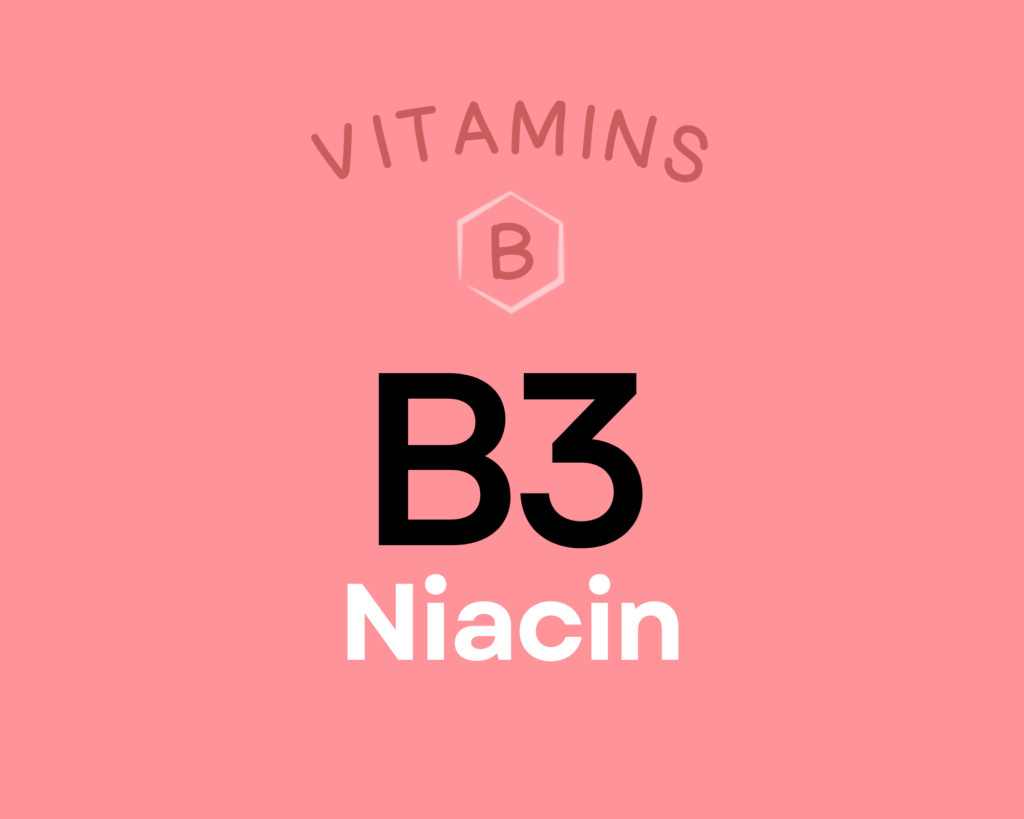
Niacin is a water-soluble B complex vitamin (vitamin B3) that’s needed to produce two very important coenzymes: nicotinamide adenine dinucleotide (NAD) and nicotinamide adenine dinucleotide phosphate (NADP). NAD and NADP are needed for over 400 enzymes involved in DNA repair, fatty acid synthesis, antioxidant systems, detoxification, and hormone synthesis, as well as the breakdown of fat, carbohydrate, protein, and alcohol. Niacin has therapeutic potential for cardiovascular disease and hyperlipidemia, and may also be protective against cancer and type 1 diabetes. Some research suggests it could benefit health outcomes for patients with HIV or schizophrenia as well. Learn more about niacin here.
Skinless Chicken Breast Provides 48% DV Vitamin B6 (Pyridoxine)
Skinless chicken breast is an excellent source of vitamin B6 (pyridoxine), providing 48% of the daily value per 3.5-ounce serving!
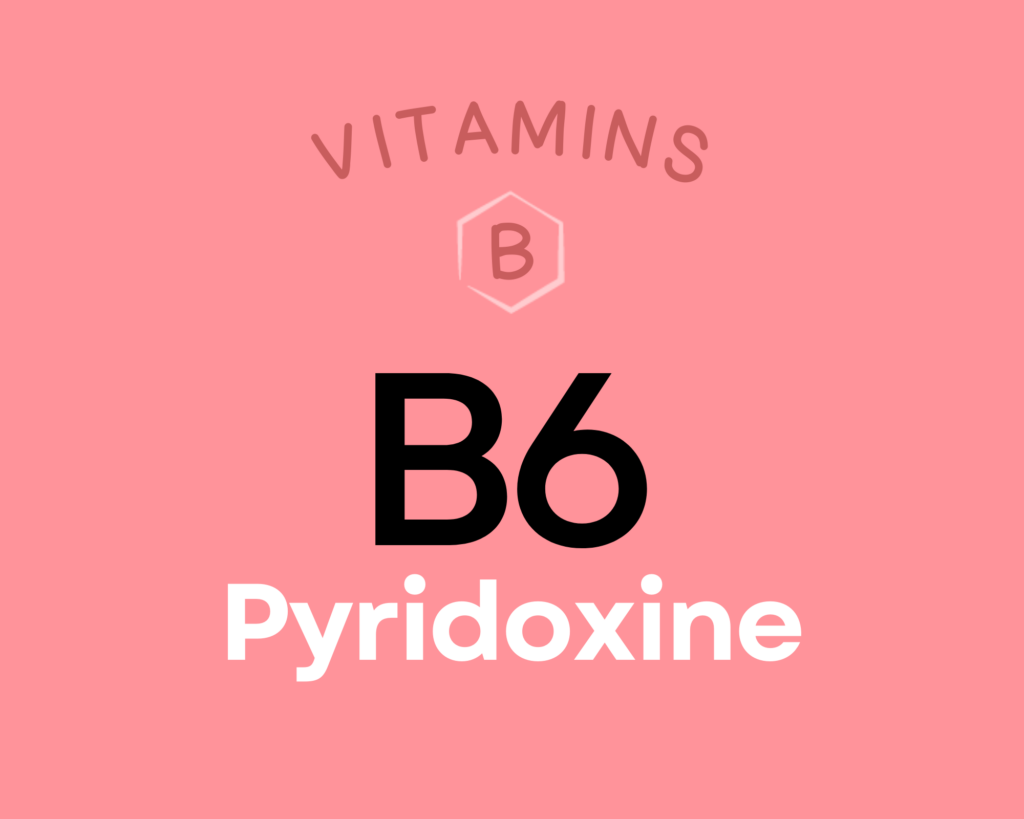
Vitamin B6 (pyridoxine) is a group of six water-soluble compounds with a similar chemical structure, all of which can be converted into their active form of pyridoxal 5’-phospate (PLP). Over 100 different enzymes require vitamin B6 in order to carry out their various functions in protein metabolism, fatty acid metabolism, neurotransmitter production, gluconeogenesis, hemoglobin synthesis, the release of glucose from glycogen, and energy metabolism (particularly the production of ATP in the Krebs cycle). Research suggests vitamin B6 may help protect against cardiovascular disease and certain cancers, could reduce the risk of depression among the elderly, and even reduce symptoms of morning sickness and PMS. Learn more about vitamin B6 here.
Skinless Chicken Breast Provides 22.5 g of Protein
Skinless chicken breast is also an excellent source of protein, providing 22.5 g of protein per 3.5-ounce serving!
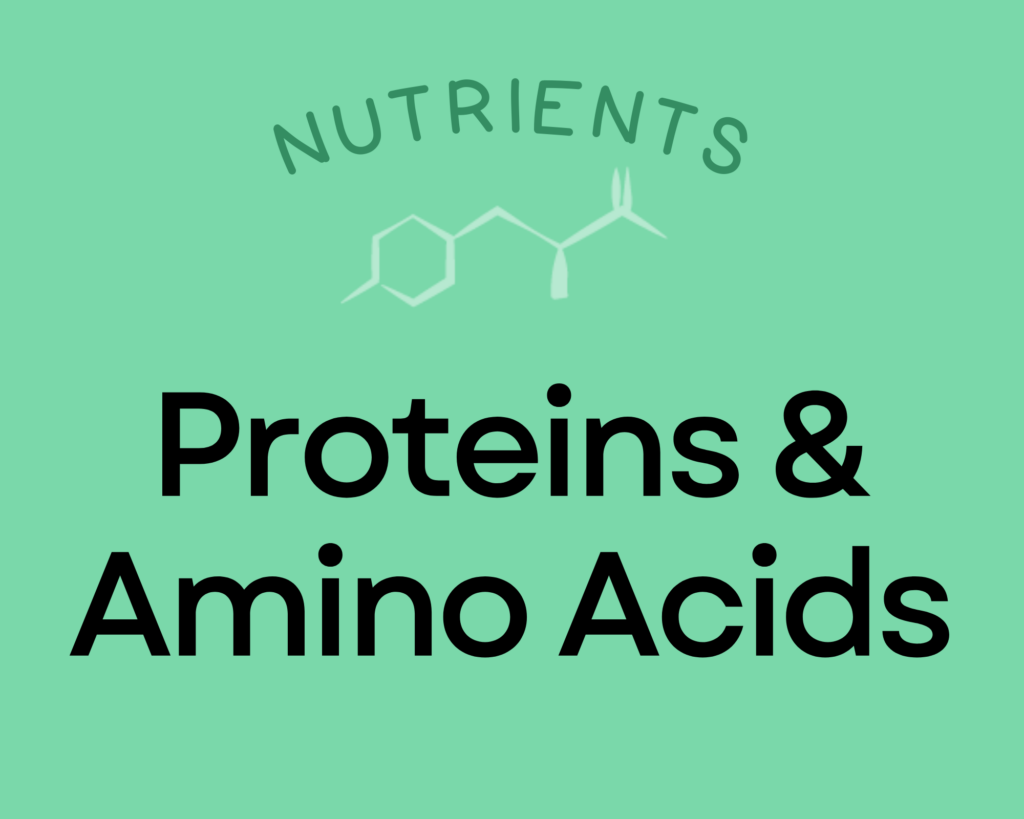
Proteins are the molecules that actually perform most of the various functions of life. In addition to being major structural components of cells and tissues, they have incredibly diverse roles from driving chemical reactions (e.g., enzymes) to signaling (e.g., some types of hormones) to transporting and storing nutrients. Dietary protein is necessary to supply the amino acid building blocks for all of the proteins in our bodies. The recommended daily allowance of protein is 0.36 grams per pound body weight (0.8 grams per kilogram of body weight). That amounts to 56 grams for a 150-pound person. However, it’s important to emphasize that this number is considered a minimum daily allotment, and there is no established upper limit. In fact, many studies have evaluated diets containing three to four times more protein than this minimum and proven benefits to weight management, body composition, hormone regulation, and cardiovascular health. These studies suggest that an optimal protein intake for most people is probably in the range of 1.2 to 1.8 grams per kilogram bodyweight (82 to 122 grams for that same 150-pound person), and that people who are very active may see the best results at even higher intake. Learn more about protein and amino acids here.
Skinless Chicken Breast Provides 41% DV Selenium
Skinless chicken breast is an excellent source of selenium, providing 41% of the daily value per 3.5-ounce serving!

Selenium is a trace mineral needed by all mammals to sustain life. It serves as a component of the non-proteinogenic amino acids selenocysteine and selenomethionine, and also helps form over two dozen selenoproteins involved in reproduction, thyroid hormone metabolism, antioxidant defense, DNA synthesis, and immunity. Observational research suggests selenium could play a protective role against cancer, heart disease, asthma, and inflammatory bowel disease, although human trials have generally been lacking or contradictory. There’s also evidence that selenium can play a preventative role in asthma and inflammatory bowel disease, while also reducing mortality in patients with sepsis. Learn more about selenium here.
Skinless Chicken Breast Provides 30% DV Vitamin B5 (Pantothenic Acid)
Skinless chicken breast is also an excellent source of vitamin B5 (pantothenic acid), providing 30% of the daily value per 3.5-ounce serving!

Pantothenic acid (or vitamin B5) is a water-soluble vitamin that serves as a cofactor for coenzyme A—which itself is critical for metabolizing many drugs and toxins, as well as forming derivatives (acetyl-CoA and succinyl-CoA) that participate in the synthesis of cholesterol, fatty acids, melatonin, the neurotransmitter acetylcholine, steroid hormones, heme, and vitamins A and D. Coenzyme A is also needed in the Krebs cycle, giving pantothenic acid a role in energy metabolism. Research suggests that a pantothenic acid derivative (pantethine) can help improve blood lipid profiles and reduce fatty streak formation and lipid deposition in the arteries, giving it a cardio-protective role. Additional research shows that panthothenic acid can accelerate wound healing, boost cellular production of the important antioxidant glutathione, and possibly help improve symptoms of rheumatoid arthritis. Learn more about vitamin B5 here.
Learn What Foods Are the Best Sources of Every Nutrient

The Top 25 Foods for Every Nutrient
The Top 25 Foods for Every Nutrient e-book is a well-organized, easy-to-use, grocery store-friendly guide to help you choose foods that fit your needs of 43 important nutrients while creating a balanced nutrient-dense diet.
Get two “Top 25” food lists for each nutrient, plus you’ll find RDA charts for everyone, informative visuals, fun facts, serving sizes and the 58 foods that are Nutrient Super Stars!
Buy now for instant digital access.
How Much Chicken Should We Eat Per Day?
Poultry, like chicken, is one of the most concentrated food sources of easily-digested complete protein, in addition to being a good source of many other nutrients!
Proteins are the molecules that perform most of the various functions of life which is why protein deficiency is detrimental to all of the body’s organs and systems, including impacting function of the brain (especially in infants and young children), immune system, gut barrier, and kidneys. Dietary protein is necessary to supply the amino acid building blocks for all of the proteins in our bodies. Physical signs of protein deficiency include edema (swelling), poor musculature, dull skin, thin and fragile hair, and failure to thrive in infants and children.
The Accepted Macronutrient Distribution Ranges (AMDR) were established by the Food and Nutrition Board of the Institute of Medicine using evidence from interventional trials with support of epidemiological evidence that suggest a role in the prevention or increased risk of chronic diseases, and based on ensuring sufficient intake of essential nutrients. The AMDR for protein is 10% to 35% calories from protein.
The recommended daily allowance of protein is 0.36 grams per pound body weight (0.8 grams per kilogram of body weight). That amounts to 56 grams for a 150-pound person. However, it’s important to emphasize that this number is considered a minimum daily allotment, and there is no established upper limit. In fact, many studies have evaluated diets containing three to four times more protein than this minimum and proven benefits to weight management, body composition, hormone regulation, and cardiovascular health. These studies suggest that an optimal protein intake for most people is probably in the range of 1.2 to 1.8 grams per kilogram bodyweight (82 to 122 grams for that same 150-pound person), and that people who are very active may see the best results at even higher intake. Learn more about protein here.
Easily track your servings of Nutrivore Foundational Foods!

The Nutrivore Weekly Serving Matrix
The Nutrivore Weekly Serving Matrix digital resource is an easy-to-use and flexible weekly checklist designed to help you maximize nutrient-density and meet serving suggestions of Nutrivore foundational foods, all without having to weigh or measure your foods!
Includes a 22-page instructional guide and downloadable interactive guides.
Buy now for instant digital access.
cITATIONS
Expand to see all scientific references for this article.
Chin SF, Liu W, Storkson J, Ha Y, Pariza M. Dietary sources of conjugated dienoic isomers of linoleic acid, a newly recognized class of anticarcinogens. Journal of Food Composition and Analysis. 1992 Sept(5):185-197. DOI:10.1016/0889-1575(92)90037-K
Clements RS Jr, Darnell B. Myo-inositol content of common foods: development of a high-myo-inositol diet. Am J Clin Nutr. 1980 Sep;33(9):1954-67. doi: 10.1093/ajcn/33.9.1954. PMID: 7416064.
Ey J, Schömig E, Taubert D. Dietary sources and antioxidant effects of ergothioneine. J Agric Food Chem. 2007 Aug 8;55(16):6466-74. doi: 10.1021/jf071328f. Epub 2007 Jul 6. PMID: 17616140.
Laidlaw SA, Grosvenor M, Kopple JD. The taurine content of common foodstuffs. JPEN J Parenter Enteral Nutr. 1990 Mar-Apr;14(2):183-8. doi: 10.1177/0148607190014002183. Erratum in: JPEN J Parenter Enteral Nutr 1990 Jul-Aug;14(4):380. PMID: 2352336.
Pravst I, Zmitek K, Zmitek J. Coenzyme Q10 contents in foods and fortification strategies. Crit Rev Food Sci Nutr. 2010 Apr;50(4):269-80. doi: 10.1080/10408390902773037. PMID: 20301015.
USDA Food Central Database: Chicken, broiler or fryers, breast, skinless, boneless, meat only, raw
Watanabe T, Kioka M, Fukushima A, Morimoto M, Sawamura H. Biotin content table of select foods and biotin intake in Japanese. Int J Anal Bio-Sci. 2014. Vol 2(4):109-125.


